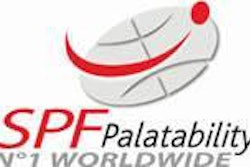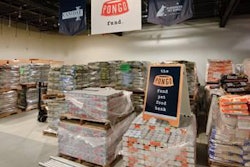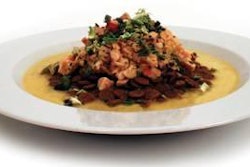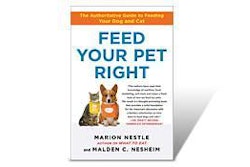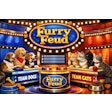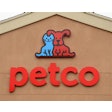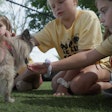Implications for pet obesity and metabolism from the neurobiology of energy and protein intake highlighted the keynote address at the American Academy of Veterinary Nutrition (AAVN)’s 12th Annual Clinical Nutrition and Research Symposium on May 30, 2012, in New Orleans, Louisiana, USA. This thought-provoking presentation also discussed such implications for humans and other animals, though the majority of the 30-plus oral and poster presentations were on various facets of dog, cat and horse nutrition. Many of the dog and cat studies addressed weight control.
Some of the presentations had the potential for direct impact on the petfood industry. For example, one study showed crude fiber to underestimate fiber content compared to total dietary fiber (TDF). This issue of crude fiber as a suitable nutritional indicator is already being considered by the Association of American Feed Control Officials for feeds for other species, such as horses. In due course, this issue should be addressed for petfoods as well.
On a related matter, another study compared calculation of calorie content by use of modified Atwater values (as currently used by the AAFCO) with the formula recommended by the National Research Council (NRC). It found that the NRC formula had a better correlation with calories determined by digestibility trials than the modified Atwater method, especially when TDF instead of crude fiber values were used in the calculation. In my opinion, the NRC formula is less intuitive and more complicated to use, however.
Another study looked at home-cooked diet recipes from various sources that were intended for dogs with cancer and compared them to the AAFCO Dog Food Nutrient Profiles for adult maintenance on an energy basis. None of the 27 diets tested met all nutrient requirements, the majority being deficient in one or more trace minerals. Some were also deficient in protein and/or one or more amino acids, and a few contained excess vitamins D and/or E. Personally, I would like to see the same assessment using NRC recommendations as well as the AAFCO’s, as the former may be more appropriate for this type of ingredient matrix.
Overweight cats consuming a food containing 100 ppm of L-carnitine showed greater energy expenditure and motivation to play than those on a control diet. However, that effect was not seen in lean cats. The moisture content of the diet was not disclosed, but regardless, the inclusion rate of L-carnitine in this study appears to be below the 1,000 ppm dry matter for adult maintenance foods as allowed by AAFCO.
All topics presented at the symposium cannot be described here. However, other presentations of potential interest to people in the petfood industry include:
- Effects of starch sources, sugarcane fiber, cooked navy bean powder and pork skin-based treats on various parameters in dogs;
- Effects of protein and other macronutrients on weight loss, body composition, postprandial endocrine response and urinary oxalate excretion in cats;
- Relationship of obesity and chronic inflammation in dogs with omega-3 fatty acids and gastrointestinal microbiota;
- Effects of coaching on weight loss programs;
- The feeding of bomb-detection dogs;
- Effects of maternal diet on pre- and post-weaned kitten weight gain;
- Nutritional value of poultry by-product meal;
- Effects of photoperiod on activity and food intake in cats;
- Dry food storage practices of consumers;
- Body condition scoring of kittens;
- Comparison of body condition scores with thoracic radiographs of dogs;
- Rate of weight loss in anorectic dogs and cats;
- Palatability of esterified acid palm oil in dogs;
- Homemade diet demographics; and
- Experience with a veterinary-directed commercial diet for weight loss.
For those who may have missed the symposium but are interested in learning more about these studies, the abstracts will be made available to AAVN members on the academy’s website. Membership is open to veterinarians, animal scientists, students and others interested and involved in the field of veterinary nutrition. Details on the qualifications for active and associate membership and an application form are available on the site. Membership also provides access to the AAVN’s listserv, an excellent quarterly newsletter and the opportunity to attend next year’s symposium in Seattle, Washington.


